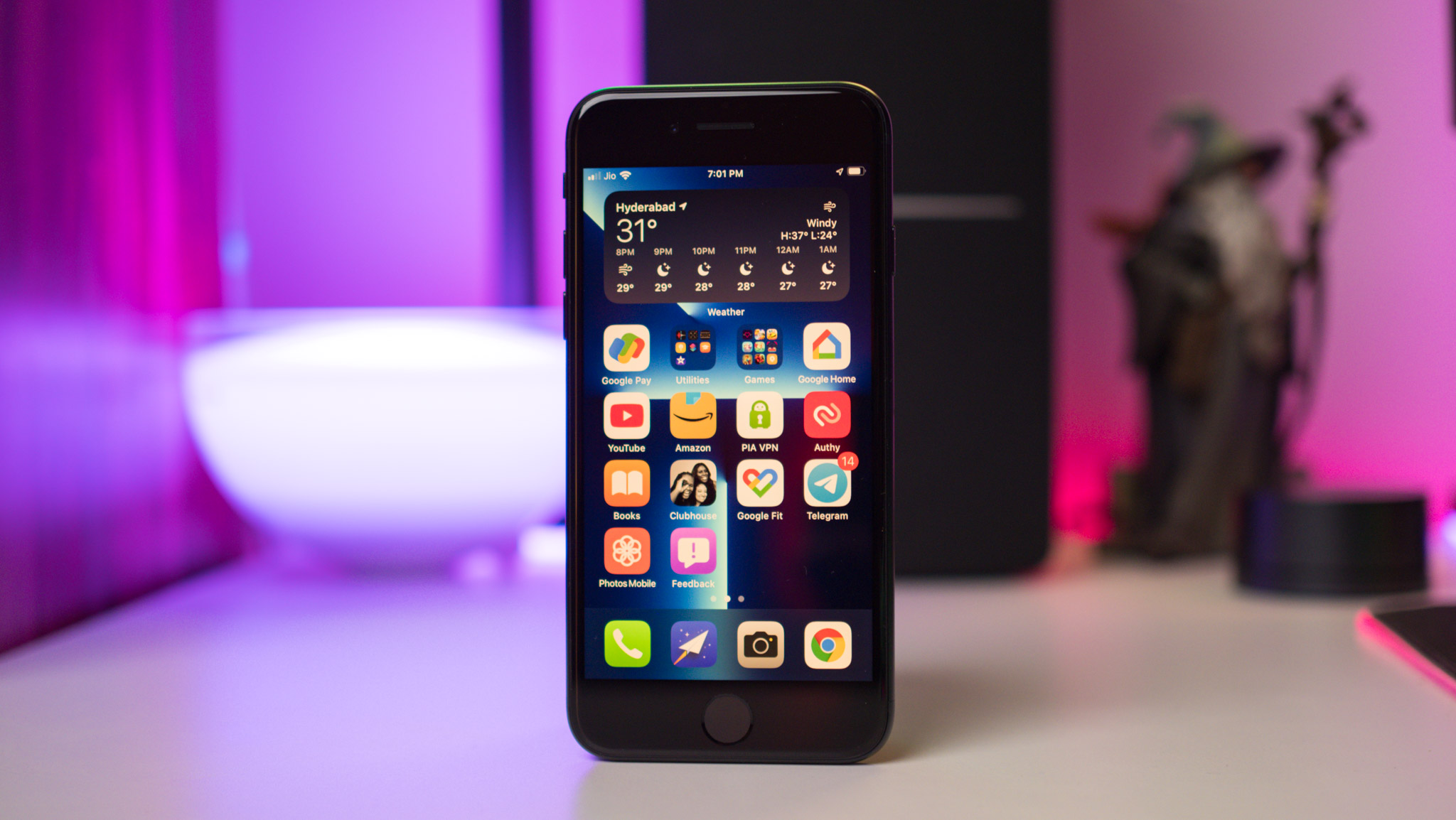First 5G iPhone: How It Changed the Smartphone Industry
telcomatraining.com – When Apple introduced the first 5G iPhone in 2020, the launch marked more than just a product release—it reshaped the smartphone landscape. The iPhone 12 series, Apple’s first to support 5G connectivity, became a turning point for both consumers and the telecom industry. With millions of users worldwide, Apple’s adoption of 5G not only influenced competitors but also accelerated global 5G adoption.
This article explores how the first 5G iPhone transformed the smartphone industry, from technology integration to consumer behavior and market competition.
The Significance of Apple’s Move to 5G
Before Apple entered the 5G race, brands like Samsung, Huawei, and OnePlus had already introduced 5G-enabled smartphones. However, it was Apple’s involvement that truly shifted consumer perception. Apple has a track record of influencing industry standards—from removing headphone jacks to popularizing facial recognition—and its decision to support 5G validated the technology for mainstream users.
By incorporating both sub-6GHz and mmWave 5G bands in the iPhone 12, Apple ensured broader compatibility, allowing customers in different regions to experience next-generation speeds. This move encouraged carriers to expand 5G coverage and invest more heavily in infrastructure.
Performance Boosts and User Experience
The first 5G iPhone delivered faster data speeds, low latency, and better streaming quality compared to 4G models. Users noticed instant improvements in activities such as:
- Downloading large files in seconds.
- Enjoying smoother 4K video streaming.
- Experiencing more responsive online gaming.
- Using advanced AR applications with minimal lag.
Although early 5G networks had limited coverage, the promise of enhanced performance made the iPhone 12 highly appealing to consumers looking for future-proof devices.
Market Impact and Sales Growth
The release of the 5G iPhone significantly boosted Apple’s sales. According to industry reports, the iPhone 12 series became one of the best-selling 5G smartphones globally in 2021, capturing a major share of the market.
This surge had ripple effects across the smartphone ecosystem:
- Competitors accelerated 5G adoption, releasing affordable 5G devices to remain competitive.
- Carriers pushed faster rollouts, aiming to attract iPhone users with premium 5G plans.
- Accessory and app developers optimized experiences for faster connectivity, from gaming to productivity tools.
The iPhone 12’s success proved that consumer demand for 5G was strong, especially once Apple endorsed it.
Shaping the Future of Mobile Technology
Beyond speed, the first 5G iPhone laid the foundation for emerging technologies. With higher bandwidth and lower latency, developers began designing applications that rely heavily on 5G, such as cloud gaming, remote healthcare, and immersive AR/VR experiences.
Moreover, Apple’s ecosystem—including iCloud, Apple Arcade, and FaceTime—benefited from 5G’s reliability. This integration further positioned the iPhone not just as a smartphone, but as a gateway to the connected digital lifestyle of the future.
Consumer Expectations and Industry Trends
Apple’s leap into 5G raised consumer expectations. Today, 5G is no longer considered a luxury feature; it has become a standard across new smartphones. Even budget devices now include 5G connectivity, reflecting how quickly Apple’s decision reshaped the industry.
Additionally, the launch influenced global market trends:
- A growing emphasis on network partnerships between device manufacturers and telecom operators.
- Increased focus on battery optimization, since early 5G use drained power faster.
- Expansion of global 5G coverage, as user demand surged after Apple’s adoption.
Conclusion
The first 5G iPhone was more than just an upgrade—it was a catalyst for change across the smartphone industry. By validating the importance of 5G, Apple accelerated network deployments, influenced competitors, and reshaped consumer expectations.
As 5G continues to evolve toward 6G and beyond, Apple’s early move with the iPhone 12 will be remembered as the moment when next-generation mobile connectivity became truly mainstream.







